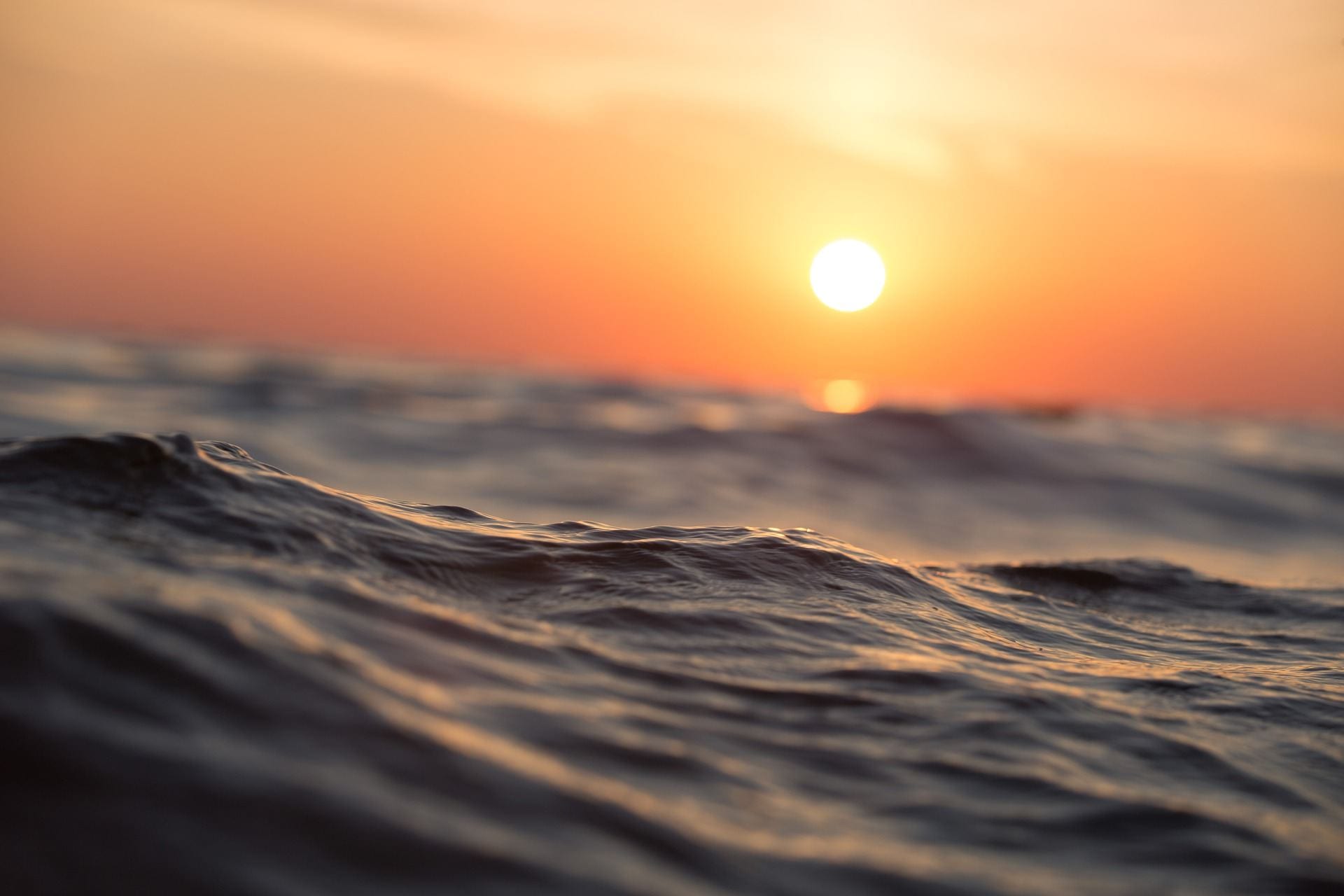In South Florida, red tide blooms have been a problem since 1844, and over the years these harmful algae blooms have only gotten worse. With both rising temperatures and an increase in the concentration of carbon dioxide in the atmosphere, red tide has been able to grow at an exceedingly high rate. While the unusually long season for red tide that Florida has been experiencing since Oct. 2017 has ended, it still begs the question, is there enough being done to stop the massive blooms of Karenia brevis— the species of red algae that causes red tide in Florida— along the coasts of Southwest Florida?
The short answer is no. There is not enough being down to combat these algal blooms. Climate change is causing the harmful algal blooms that are responsible for red tides to grow at higher rates. Karenia brevis thrives in carbon dioxide-rich environments with warm water. Both conditions are made possible due to climate change. Many people go about their lives without thinking that climate change will affect them in their lifetime. Asinine ideas like that are exactly why nothing is majorly being done to address something directly affected by climate change that has had a major impact on the coastline of southwest Florida. The idiocy and arrogance of some people as to not caring about the environment around where they live, if not just the environment as a whole.
According to the National Oceanic and Atmospheric Administration, “The Florida red tide organism, Karenia brevis, produces potent neurotoxins, called brevetoxins, that can affect the central nervous systems of many animals, causing them to die… Wave action near beaches can break open K. brevis cells and release the toxins into the air, leading to respiratory irritation.”
The threat that the combination of red tide blooms and climate change pose to the Florida ecosystem cannot be ignored. Harmful algal blooms have been killing dolphins, sea turtles and many species of fish while also posing a threat to people. Between July and August of 2018, the NOAA reported that 48 bottlenose dolphins died on the coast of southwest Florida. But the Florida legislators would care about the effects of red tide on the ecosystems, they would only care if these harmful algal blooms on the tourism industry, or so you would think. According to the New York Times, “Business owners in the tourism sector here, however, say they have seen a hit worse than they’ve had in years— and that’s coming from folks who routinely suffer through hurricane seasons,” and while red tide is not as destructive to inland Florida, red tide poses just as much of a threat to the Florida coastline as hurricanes do.
Even though the season for red tides in Florida has passed, it will eventually come back. If the steps to prevent massive algal blooms of Karenia brevis are not taken, then there will be disastrous effects on the local ecosystem.


